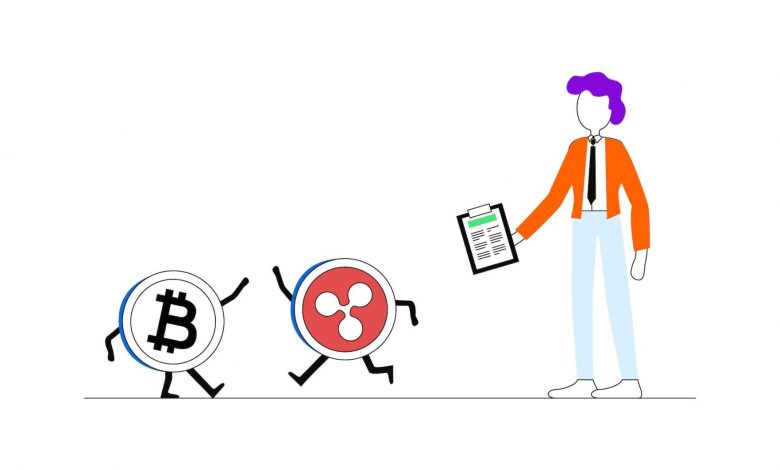The Role of XRP in Remittances: Reducing Costs and Improving Speed with Ripple’s Digital Currency

The Role of XRP in Remittances: Reducing Costs and Improving Speed with Ripple’s Digital Currency
Introduction
In the ever-evolving world of global finance, remittances play a crucial role in enabling individuals to send money across borders. However, traditional remittance systems are often plagued by high transaction fees and slow processing times. The emergence of cryptocurrencies, such as XRP, has the potential to revolutionize the remittance industry, offering faster and more cost-effective solutions. In this blog post, we will explore how XRP, facilitated by Ripple’s digital currency, is reducing costs and improving speed in international remittances.
The Advantages of XRP in Remittances
H3: Speed and Efficiency
One of the key advantages of using XRP for remittances is its unparalleled speed. Traditional remittance systems can take days to complete a transaction, delaying much-needed funds for recipients. XRP, on the other hand, is built on the Ripple network, which enables near-instantaneous settlement. Thanks to this efficient architecture, individuals can send and receive funds on a global scale in a matter of seconds, regardless of geographical distance.
H3: Cost Reduction
Another major advantage of XRP is its ability to significantly reduce costs associated with remittances. Traditional remittance methods often involve multiple intermediaries, each charging fees along the way. This can make the overall transaction expensive, especially for those sending smaller amounts. XRP eliminates the need for intermediaries by utilizing blockchain technology, resulting in lower transaction fees. As a result, individuals can retain a larger portion of their hard-earned money when using XRP for remittances.
FAQs about XRP in Remittances
H3: Q1: Is XRP legal for remittances?
Yes, XRP is a legal digital currency that can be used for remittances. It operates within the framework of existing financial regulations and complies with Know Your Customer (KYC) and Anti-Money Laundering (AML) requirements.
H3: Q2: How does XRP ensure the security of remittances?
XRP utilizes blockchain technology, which provides a secure and immutable ledger for transaction records. The decentralized nature of blockchain makes it highly resistant to hacking or fraud. Additionally, Ripple, the company behind XRP, has implemented rigorous security measures to protect user funds.
H3: Q3: Can XRP be exchanged for local currencies?
Yes, XRP can be easily exchanged for various local currencies through cryptocurrency exchanges. This makes it convenient for recipients to convert XRP into their preferred currency without any hassle.
The Future of Remittances with XRP
As more individuals and financial institutions recognize the benefits of XRP in remittances, we can expect its adoption to continue growing. The speed, efficiency, and cost-effectiveness offered by XRP make it an attractive option for both senders and recipients of cross-border payments. With Ripple’s continuous efforts to expand its network of partners, the integration of XRP in remittance systems is likely to become more widespread in the near future.
In conclusion, XRP is playing a pivotal role in revolutionizing the remittance industry. With its ability to reduce costs, improve speed, and enhance security, XRP is positioning itself as a viable alternative to traditional remittance methods. By leveraging Ripple’s digital currency, individuals worldwide can benefit from faster, more affordable, and efficient international money transfers.



